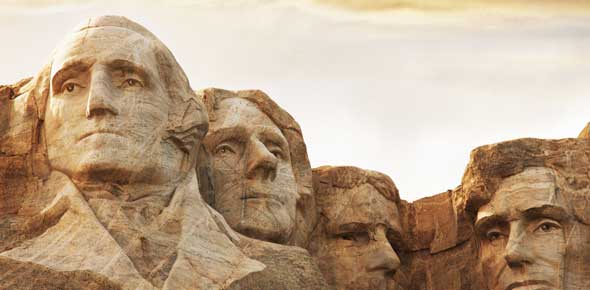Related Flashcards
Related Topics
Cards In This Set
| Front | Back |
|
The proportion of the voting-age population that actually voted in 2004 was approximately
|
a.
half.
b.
one-third.
c.
two-thirds.
d.
one-quarter.
e.
three-quarters.
|
|
Voter turnout for local elections is
|
a.
much greater than for presidential elections.
b.
much less than for presidential elections.
c.
slightly greater than for presidential elections.
d.
slightly less than for presidential elections.
e.
about the same as for presidential elections.
|
|
All of the following statements about low voter turnout are true except
|
a.
it may signal apathy about our political system.
b.
it is much more common in most other countries than in the United States.
c.
it may simply signal satisfaction with the status quo.
d.
it results in the election of candidates who have received the votes of a small part of the voting-age population.
e.
recent decreases in turnout may be due to the growth in the number of people ineligible to vote, particularly recent immigrants.
|
|
The group that tends to be overrepresented in the electorate is
|
a.
wealthier people.
b.
people under the age of 65.
c.
very young voters aged 18 to 24.
d.
the poor and homeless.
e.
Hispanics.
|
|
In the years following the adoption of the Constitution, many states placed legal restrictions on the right to vote because of the
|
a.
belief that voters should own property because many government decisions affect property.
b.
belief in the South that if poor whites could vote, they might abolish slavery.
c.
belief that woman's suffrage would injure the traditional family.
d.
fear of an aristocratic form of government.
e.
fear of the voting power of recent immigrants.
|
|
The entry of a person's name into the list of eligible voters is called
|
a.
filing.
b.
registration.
c.
suffrage.
d.
enfranchisement.
e.
participation.
|
|
The Australian ballot
|
a.
is no longer used in the United States because it does not allow a secret ballot to be cast.
b.
is an attempt to reduce partisan voting by not allowing candidates to list their party.
c.
is a form of balloting that has been disallowed in the United States because it is discriminatory.
d.
is secret and is prepared, distributed, and tabulated by government officials.
e.
was subject to great suspicion because it was a foreign innovation.
|
|
A ballot that is secret and is prepared, distributed, and tabulated by government officials in order to make it harder to pressure people to change their votes is known as a(n)
|
a.
Australian ballot.
b.
English ballot.
c.
Indiana ballot.
d.
Massachusetts ballot.
e.
party-column ballot.
|







